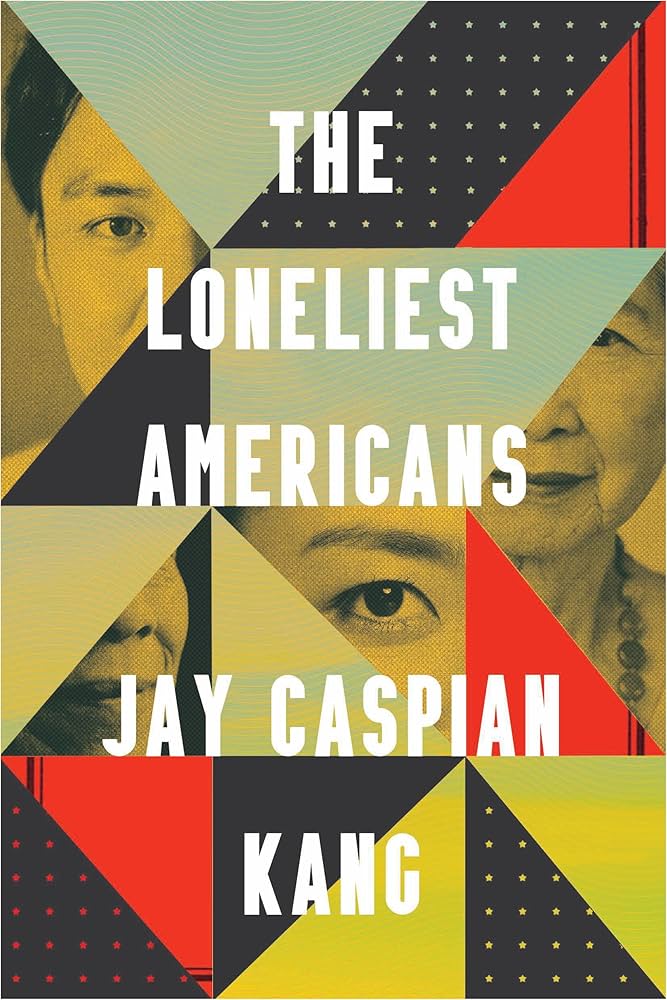The term “Asian American” emerged from the radical student movements of the late nineteen-sixties, most notably at San Francisco State College and the University of California, Berkeley. The activists, modelling their work after Black and Latinx liberation movements, hoped to create a pan-Asian coalition that would become part of an international struggle against empire and capitalism. Organizations like the Asian American Political Alliance and the Third World Liberation Front participated in historic direct actions, such as the occupation of the I-Hotel, in San Francisco, and the months-long San Francisco State student strike. Soon after these movements began, though, the shape of the country’s Asian population changed dramatically. In 1965, President Lyndon Johnson passed the Hart-Celler Immigration Act, which overturned the practice of restricting immigration based on country of origin. The law made way for a new era of mass immigration to the U.S., with an emphasis on admitting skilled professionals and reuniting families. Millions of Asian immigrants, many of them degreed individuals like Kang’s family members, would arrive in the following decades.
In “The Children of 1965,” the literary scholar Min Hyoung Song writes that this seismic demographic shift created “a mainstream within Asian America.” Kang claims that it snuffed out the radical potential of the moment. While many of the Asians who agitated in the sixties came from families that had been in the U.S. for decades, and were subjugated under Japanese internment and Chinese exclusion, the Asians who would arrive later, in Kang’s estimation, “had no experience with American racism or oppression.” And so, he says, the dream of a pan-Asian struggle died—not because the protesters lacked sincerity but because they were suddenly outnumbered by people who seemingly had no interest in joining them. “Their vision of Asian America—defined by ‘unite all who will be united’—failed,” he writes.
This brings Kang to his real subject: the various attempts of his cohort, “the children of Hart-Celler,” to revive the Asian American narrative. (Throughout the book, he deploys “the children of Hart-Celler” as shorthand for second-generation Asians who are annoying.) While immigrants like Kang’s parents seem “perfectly content to live as either Koreans or Chinese or Indians or Vietnamese in America,” Kang writes, their children, starved for meaning, have tasked themselves with crafting the perfect “hyphenated identity.” Asian America’s narrative problem, then, is not just about plot but about authorship: the “race-making narratives” are overwhelmingly propagated by those who, like Kang, have had comparatively fortunate experiences. Song, in “The Children of 1965,” notes that the work of Asian writers started winning major American literary prizes in the mid-nineteen-nineties, when the children of Hart-Celler began publishing books.
